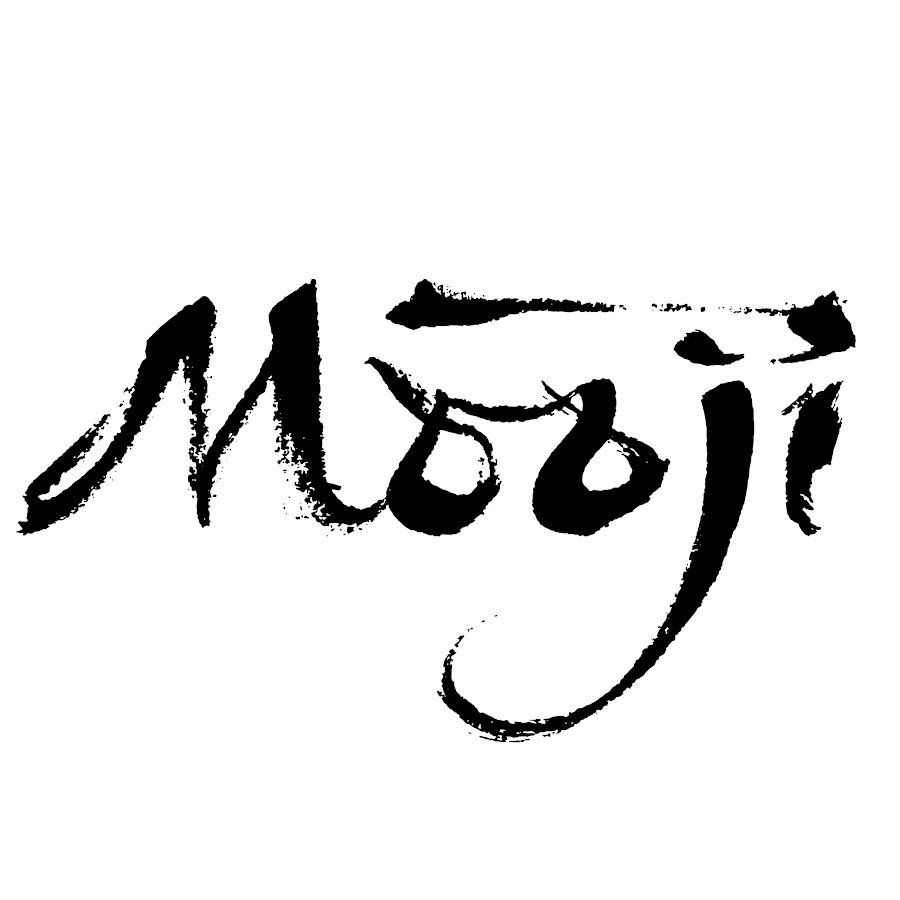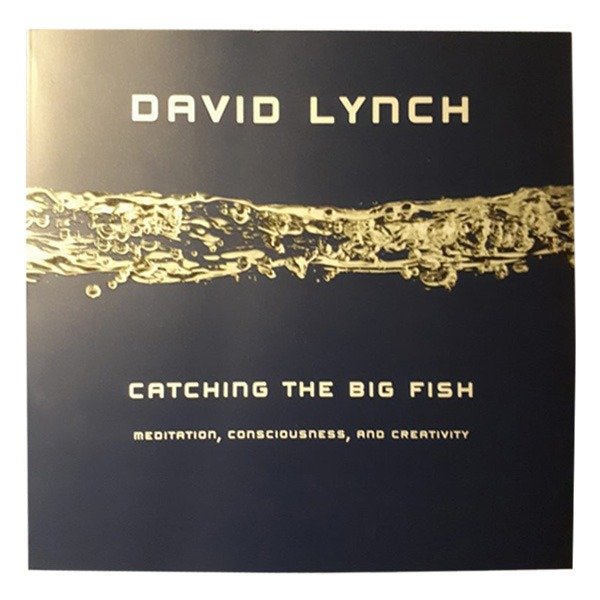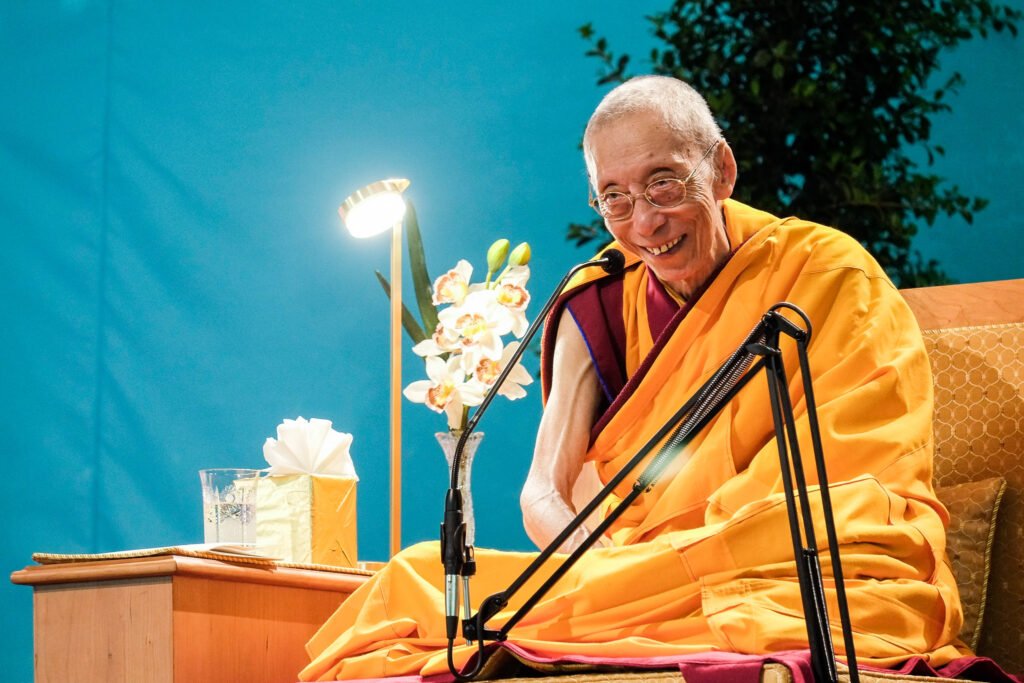Who Is Mooji? A Guide to His Teachings on Self-Realization & Inner Peace

In the vast world of spiritual teachings, some voices resonate in a way that cuts through the noise and speaks directly to the heart. Mooji is one such teacher. With his warm presence, deep wisdom, and ability to simplify profound truths, he has guided thousands on the path to self-discovery.
If you’ve ever felt lost in your thoughts, searching for a deeper peace beyond the mind’s chatter, Mooji’s teachings might be exactly what you need. Rooted in Advaita Vedanta and the practice of self-inquiry, his words point to something beyond philosophy—an immediate and direct experience of truth.
In this post, we’ll explore Mooji’s core teachings, how they can be applied in daily life, and why so many people are drawn to his wisdom. And if you’d like to dive deeper, I invite you to listen to my latest podcast episode where I discuss Mooji’s impact on my own journey.
🎧 Listen to the Podcast Episode on Mooji’s Book Here
Who Is Mooji?
Mooji, born Anthony Paul Moo-Young in Jamaica, is a spiritual teacher whose path led him from a simple life as an artist in London to becoming a deeply respected voice in non-dual teachings. His journey began after a profound awakening experience, leading him to India, where he studied under the guidance of Sri H.W.L. Poonja, a disciple of the renowned sage Ramana Maharshi.
Today, Mooji shares his wisdom with seekers worldwide, holding satsangs (spiritual gatherings) that are both deeply illuminating and refreshingly down-to-earth. His words are direct, loving, and filled with a sense of deep presence—reminding us that freedom is not a distant goal, but something already here, waiting to be recognized.
The Core of Mooji’s Teachings
1. Self-Inquiry: The Direct Path to Truth
At the heart of Mooji’s teachings is the practice of self-inquiry, a method of questioning that helps us see beyond our conditioned mind. By asking the simple but powerful question, “Who am I?”, we are invited to look beyond thoughts, emotions, and personal identity to discover our true nature.
Mooji often says that we are not the stories we tell about ourselves. We are not our thoughts, not our past, not even our emotions. Through self-inquiry, we begin to see that there is a still, unchanging awareness behind all of these experiences—the pure presence of being itself.
✨ Try this: The next time a negative thought arises, instead of following it, ask yourself: To whom does this thought appear? Who is aware of this thought? Notice the space of awareness that remains, untouched by thoughts.
2. You Are Not Your Mind
One of Mooji’s most powerful teachings is the reminder that our true self is beyond the mind. He often compares thoughts to passing clouds in the sky—temporary, always changing, and ultimately not who we are.
Many of us struggle with overthinking, doubt, and inner turmoil. Mooji’s approach is simple: watch thoughts without identifying with them. Just as the sky is not affected by the clouds that pass through it, your awareness is not affected by the thoughts that appear and disappear.
💡 Reflection: Next time you feel overwhelmed by thoughts, pause and simply observe them. Imagine you are sitting beside a river, watching thoughts drift by like leaves on the water.
3. The ‘I Am’ Presence
Mooji often speaks about resting in the ‘I Am’ presence—the pure awareness that exists before thoughts, before identity, before concepts. This is not something we need to create; it’s what we already are.
If you sit quietly and simply focus on being, without attaching to any thought or story, you’ll begin to sense this spacious presence. It’s the feeling of aliveness, of simply existing.
🌿 Practice: Find a quiet moment, close your eyes, and just rest in the awareness of being. No effort, no analysis—just be.
4. Letting Go of the ‘Person’
One of Mooji’s more radical teachings is the idea that the ‘person’ we think we are is just a bundle of thoughts, memories, and conditioning. When we let go of this constructed identity, we discover a freedom beyond what the mind can comprehend.
This doesn’t mean rejecting daily life or responsibilities—it means seeing through the illusion of the separate self. As Mooji says, “You are not a person; you are pure consciousness.”
🎭 Question to Ponder: Who would you be without the story you tell about yourself?
How to Apply Mooji’s Teachings in Everyday Life
The beauty of Mooji’s guidance is that it doesn’t require years of study or complex rituals. His approach is simple, direct, and accessible to anyone. Here’s how you can begin integrating his wisdom into your daily life:
- Practice self-inquiry daily. When thoughts arise, gently question: Who is thinking this?
- Stay as the witness. Observe your emotions and thoughts without clinging to them.
- Spend time in stillness. Even a few minutes of silent presence each day can create profound shifts.
- Listen to Mooji’s satsangs. His YouTube channel and website have countless free talks that can serve as powerful reminders of your true nature.
Is Mooji’s Teaching for You?
Mooji’s teachings are for anyone seeking deep peace, freedom from overthinking, and a more direct path to self-discovery. If you feel drawn to non-duality, self-inquiry, or the idea of awakening beyond the mind, his guidance may resonate deeply with you.
However, his style is not for everyone. Some people prefer a structured spiritual path, while Mooji’s teachings encourage direct experience over concepts. The best way to know if his approach is for you is to listen to a satsang and see how it feels.
If you’re curious, I discuss more about my own experience with Mooji’s wisdom in my latest podcast episode:
Final Thoughts
Mooji’s message is ultimately one of freedom, simplicity, and truth. His words remind us that peace is not something we need to chase—it is already here, within us. All we need to do is recognize it.
If his teachings resonate with you, I encourage you to explore more of his talks, practice self-inquiry, and most importantly, trust your own direct experience.
Have you listened to Mooji or practiced self-inquiry? I’d love to hear your thoughts in the comments below! Let’s explore this journey together.


